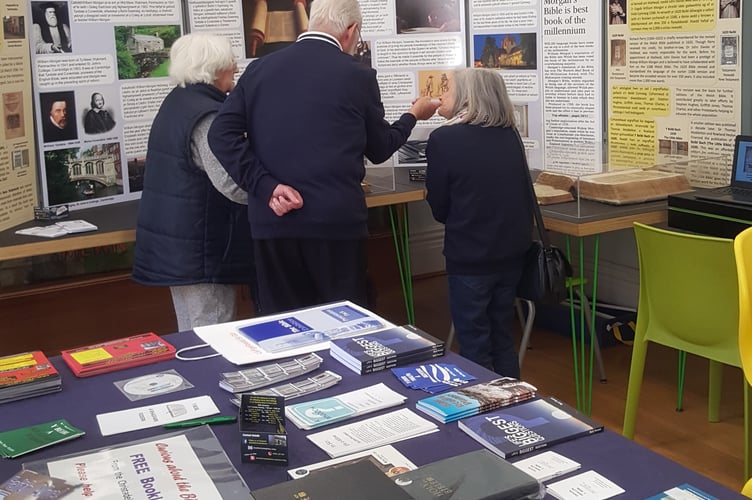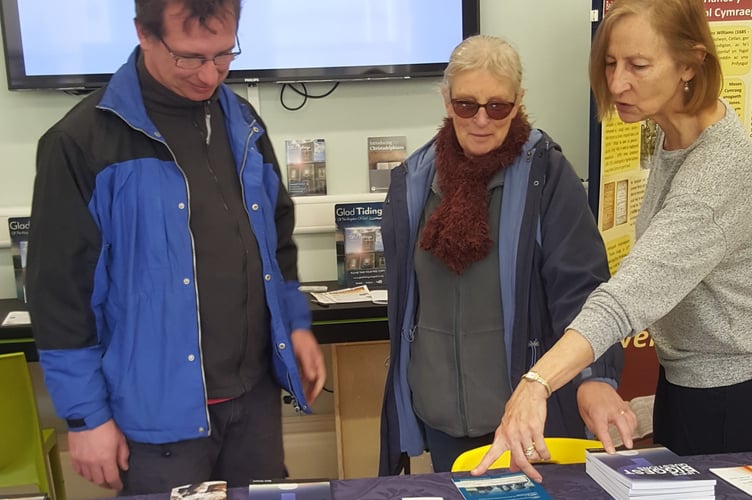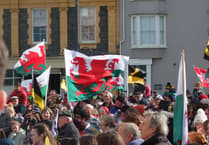Anyone who travels around Wales sees a variety of chapels in every town and village. Most of them were built in the 19th century at the same time as the Industrial Revolution was changing the face of many parts of Wales. What was the reason for this explosion of nonconformist places of worship?
Going back a few hundred years, as more and more people became literate, they read the Bible for themselves and formed their own opinions about its teaching. At the heart of this development was the Welsh Bible. Translated from the original Hebrew and Greek by William Morgan, it was published in 1588. The word of God was now available in the common language of Wales.

But only a minority could read and write. However, in the early 18th century, a man called Griffith Jones was keen to change this. He taught children to read and write and then devised a unique plan: those of his students who had reached a good level of literacy were to teach others. They travelled around to different communities staying in each place for about three months, teaching literacy and preparing others to teach. Then they moved on to a new location. Hence the term ‘Circulating Schools’. The concept grew and grew. Thomas Charles, for example, well known for his part in the Mary Jones story, developed circulating schools in north Wales.
The textbook for their teaching was the Welsh Bible. As a result, the Circulating Schools both enabled people to read the Bible for themselves and also developed a healthy interest in its teaching.
Remarkably, this proved the means of making the Welsh people the most literate nation in Europe in the 18th Century. So much so that Catherine II of Russia was keen to follow the same approach in order to raise literacy levels amongst her Russian subjects. Alongside this growth of Bible reading, the Toleration Act of 1689 made by the English Parliament gave all non-conformists, except Roman Catholics, freedom of worship.

As a result, the many new Bible believers could meet openly in any location. So it was that hundreds of chapels were built in Wales, most notably in the 19th century, largely funded by those who profited from the new industrial prosperity.
The fascinating story of these developments is told in the Welsh Bible Exhibition – a unique display of information about this special Welsh heritage. Some precious examples of early Welsh Bibles are also on view – and if you are not familiar with the remarkable story of Mary Jones of Bala fame, you can read about her and even see a model of what she might have looked like!
The Welsh Bible Exhibition will be on show from 22 to 23 May in New Quay, 24 May in Llanon and 25 to 26 May in Aberaeron.
It helps us to understand that by ‘taking a closer look at the Bible’, former generations developed an independence of thought about the Christian faith – something we all need to do!




